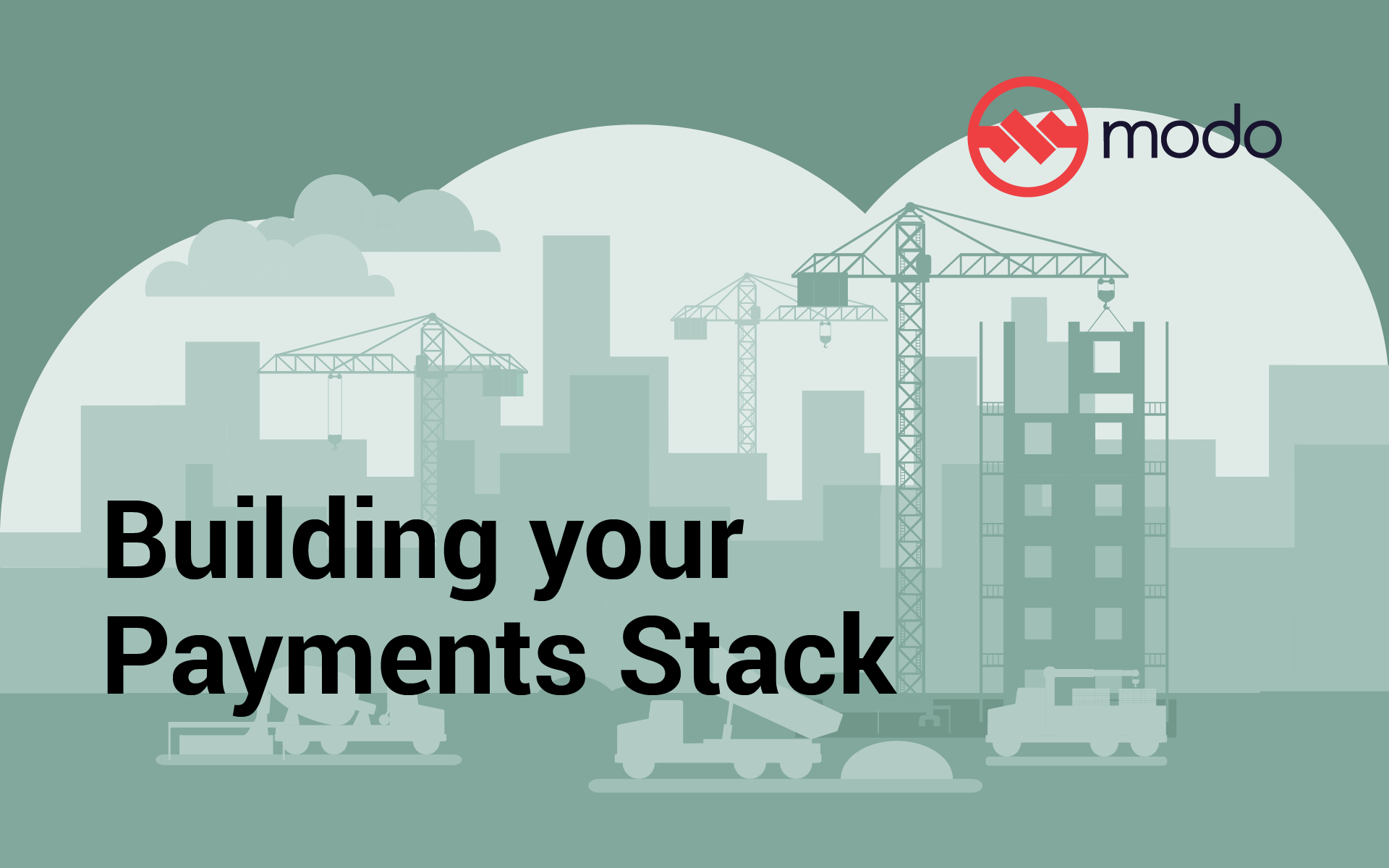Modo CEO, Bruce Parker, lists out the 5 things you need to consider when building your payments stack and discusses the importance of each.
The most obvious things to make sure that you're paying attention to while building your payments infrastructure are first of all: It has to work the first time. It has to work every time. Just getting it right and making sure it's reliable and available is probably step 1.
Step 2 is: it has to be secure. It has to be compliant. You have to be paying attention to all of the different issues that are going on in that marketplace. And in fact actually number 2 can be number 1. If you're not in a position to better understand how encryption and other technologies for security work then that's kind of a disqualifier.
Number 3 is kind of getting into more of the strategic aspects: you really do need to have options. You need to have the ability to handle a diverse set of payments today that's growing very very quickly. And if you're going to do that yourself then that means a commitment to figuring out the differences between things like cards and wallets and bank transactions as well as proprietary transactions like loyalty or offers or gifts or things like that.
At the end of every day, you're going to have to figure out how much money arrived in the bank for settlements and whether or not that way correct. And it turns out that most organizations really struggle to figure out that last part - is it the right amount of money that just showed up? Am I being charged correctly? Were the fees that were deducted appropriate? What happened when I processed some other transactions in some other way? So reconciliation, which is the title for all of that, actually ends up being some of the most important work that tends to get left out of any consideration of payments. People do focus on how to process, people do focus on security, but sometimes they just really don't think about what're they going to do from a financial operations perspective. Particularly as they add more than one processor or more than one payments method.
Last, but certainly not least is: things go wrong. They always do. Whether that's with the customer experience or whether that's operationally, you need the ability to process refunds. A refund in particular is an interesting test of whether or not you've built your payments infrastructure in an effective way because if you have connections to a lot of different payments services they're all going to think and process payment services in reverse differently. And that's a great leading indicator as to whether or not you've really thought you way through the payments infrastructure you're contemplating.
Watch other related videos

Comments